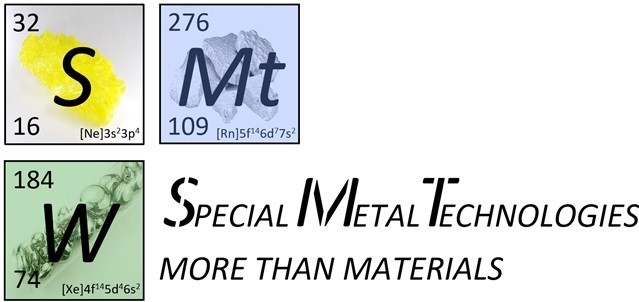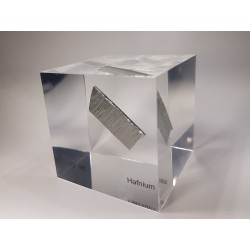- Shop
- Acrylic cubes
-
Elements
- Hydrogen
- Helium
- Lithium
- Beryllium
- Boron
- Carbon
- Nitrogen
- Oxygen
- Fluorine
- Neon
- Sodium
- Magnesium
- Aluminium
- Silicon
- Phosphorus
- Sulfur
- Chlorine
- Argon
- Potassium
- Calcium
- Scandium
- Titanium
- Vanadium
- Chromium
- Manganese
- Iron
- Cobalt
- Nickel
- Copper
- Zinc
- Gallium
- Germanium
- Arsenic
- Selenium
- Bromine
- Krypton
- Rubidium
- Strontium
- Yttrium
- Zirconium
- Niobium
- Molybdenum
- Technetium
- Ruthenium
- Rhodium
- Palladium
- Silver
- Cadmium
- Indium
- Tin
- Antimony
- Tellurium
- Iodine
- Xenon
- Cesium
- Barium
- Lanthanum
- Cerium
- Praseodymium
- Neodymium
- Promethium
- Samarium
- Europium
- Gadolinium
- Terbium
- Dysprosium
- Holmium
- Erbium
- Thulium
- Ytterbium
- Lutetium
- Hafnium
- Tantalum
- Tungsten
- Rhenium
- Osmium
- Iridium
- Platinum
- Gold
- Mercury
- Thallium
- Lead
- Bismuth
- Polonium
- Astatine
- Radon
- Francium
- Radium
- Actinium
- Thorium
- Protactinium
- Uranium
- Neptunium
- Plutonium
- Americium
- Curium
- Berkelium
- Californium
- Einsteinium
- Fermium
- Mendelewium
- Nobelium
- Lawrencium
- Rutherfordium
- Dubnium
- Seaborgium
- Bohrium
- Hassium
- Meitnerium
- Darmstadtium
- Roentgenium
- Copernicium
- Nihonium
- Flerovium
- Moscovium
- Livermorium
- Tennessine
- Oganesson
- Buch
- References
- Periodic Tables
- Metalle Wimmer
- Metametals
Hafnium
Hafnium, with the chemical symbol Hf and atomic number 72, was discovered in 1923 by Dutch physicist Dirk Coster and Hungarian chemist George de Hevesy. Its name is derived from "Hafnia," the Latin name for Copenhagen, where it was first isolated.
While hafnium does not occur in pure form on Earth, it is present in many zirconium minerals, constituting about 3 ppm of the Earth's crust. Hafnium has some fascinating applications, particularly in the nuclear industry, where it is used as an alloying element with zirconium to reduce neutron absorption. The production route of hafnium begins with the separation of zirconium minerals, as hafnium and zirconium often coexist. Isolation involves various chemical processes, including fractionation and extraction. The main production countries for hafnium are China, Russia, and the United States, with China playing a significant role in global hafnium production. The future of hafnium might lie in advanced alloys for high-temperature applications and in electronics, where its unique properties could enable innovative developments.
There is 1 product.
Active filters

